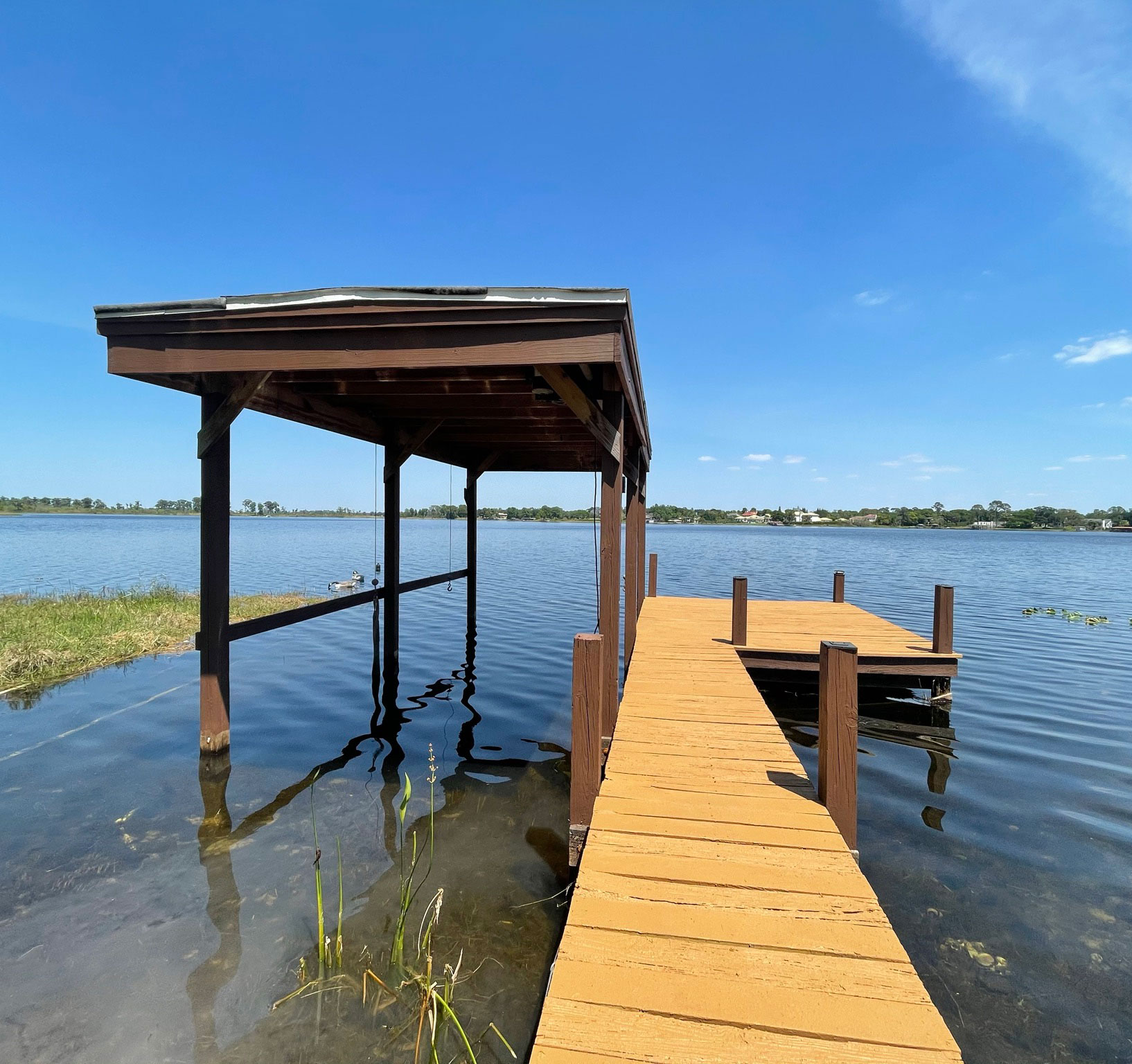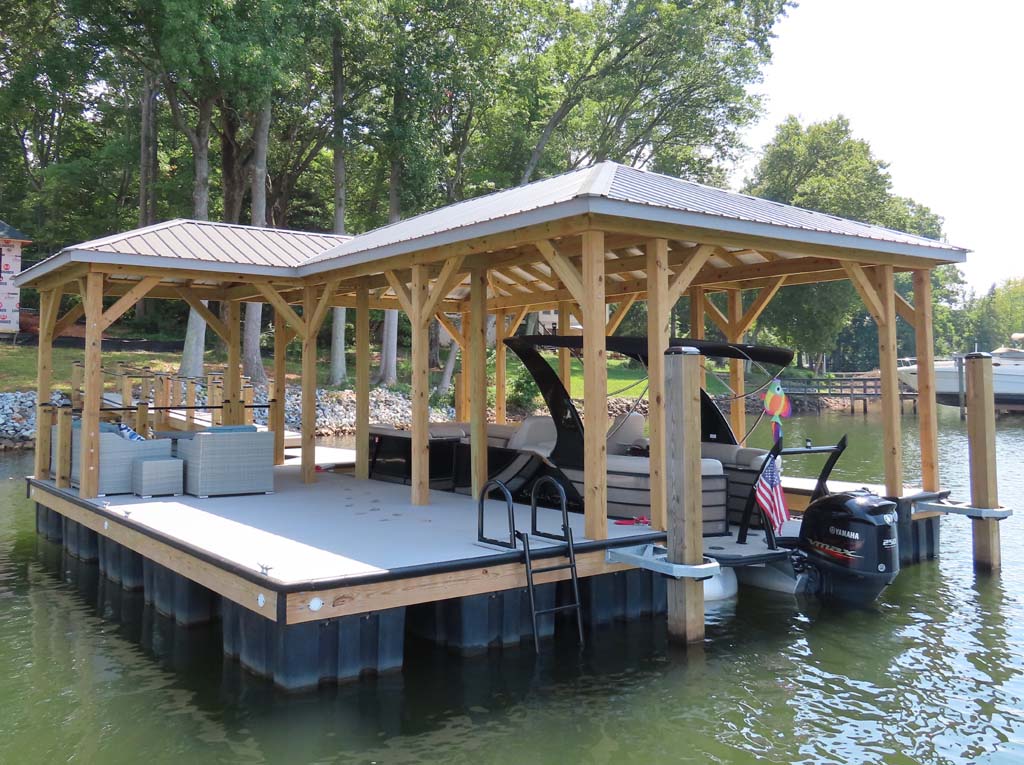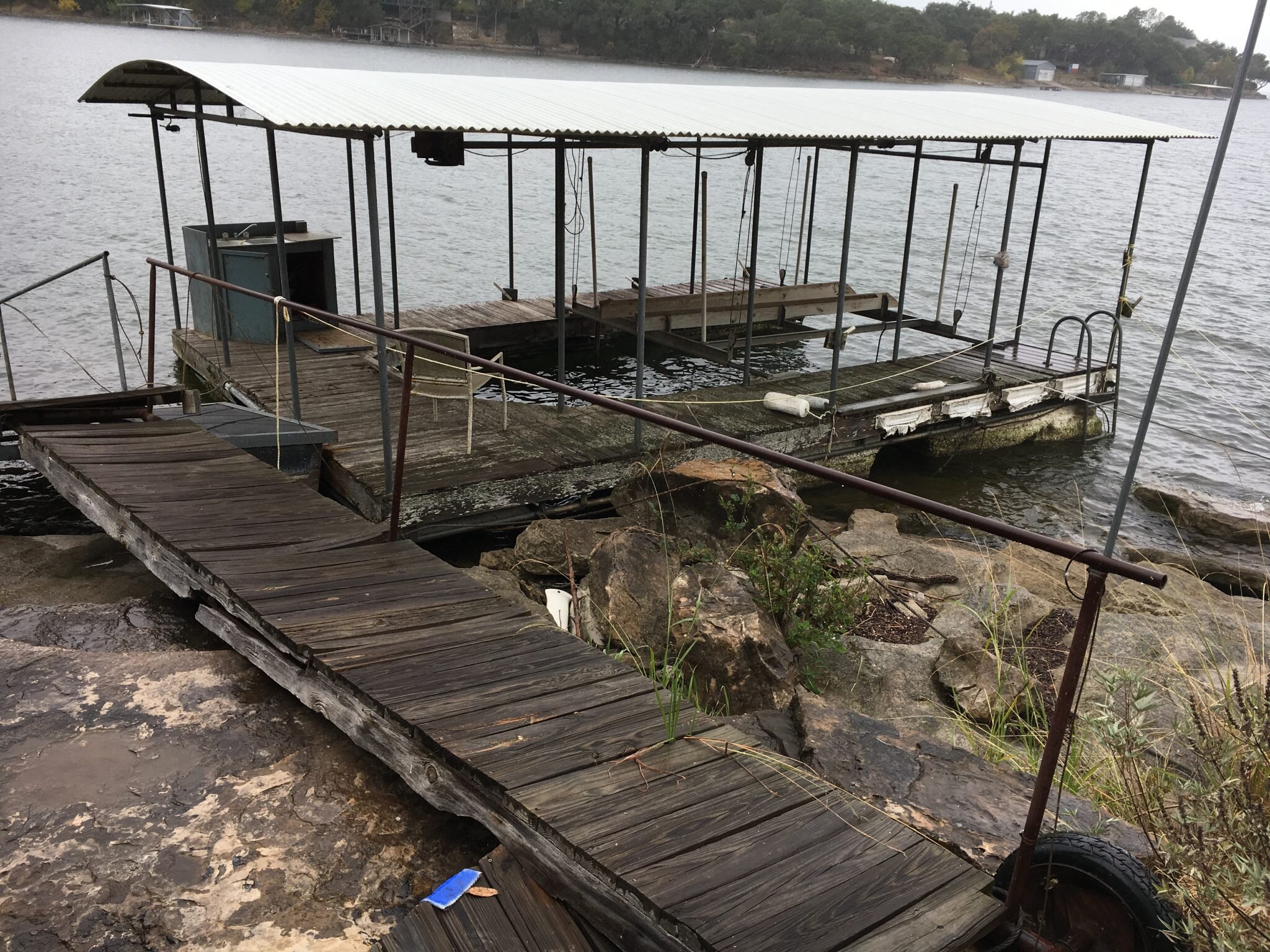Important Overview to Economical Dock Repairs for Homeowners
Important Overview to Economical Dock Repairs for Homeowners
Blog Article
Effective Dock Repair Techniques: Guaranteeing Structural Stability
Making certain the architectural integrity of anchors through reliable repair work techniques is extremely important for the long life and safety of marine centers. Subsequently, picking the ideal repair work materials, such as corrosion-resistant alloys and composite materials, is important for durability.
Evaluating Dock Damage
Evaluating dock damage is an important initial action in making certain the structural stability and safety and security of any docking facility. Secret elements to check out include the dock's foundation, pilings, outdoor decking, and equipment (Dock Repairs).
Architectural engineers or certified assessors generally execute these evaluations utilizing specialized devices and methods. For circumstances, undersea assessments could use sonar devices or from another location ran lorries (ROVs) to identify immersed damages. Above water, visual inspections are complemented by utilizing moisture meters and other diagnostic devices to reveal underlying concerns not promptly noticeable to the naked eye.

Finding Repair Service Products
Picking the proper repair work materials is a crucial action in the dock remediation process, one that straight influences the long life and efficiency of the repaired structure. Product option need to be driven by elements such as environmental problems, load-bearing demands, and compatibility with existing dock components.
Along with wood, composite materials are significantly prominent due to their resilience and reduced maintenance needs. Compounds, generally made from a blend of plastic and timber fibers, offer superb resistance to rot, bugs, and UV damage. For steel docks, picking corrosion-resistant alloys such as galvanized steel or marine-grade aluminum is necessary to protect against rust and ensure architectural stability in saline water conditions.
Epoxy materials and marine-grade sealants are crucial for fixing cracks and securing joints, providing a water-proof barrier and improving the dock's overall strength. By diligently selecting high-grade materials, dock fixings can achieve resilient outcomes, thereby protecting versus future deterioration and making sure safe, trusted usage.
Structural Support Strategies
Reliable architectural reinforcement strategies are critical in ensuring the security and long life of dock repairs. This technique is especially reliable for anchors subjected to heavy tons or severe environmental problems.
One more necessary method is the application of fiber-reinforced polymers (FRP) These materials supply high strength-to-weight proportions and exceptional resistance to corrosion, making them ideal for enhancing wood or concrete anchors. FRP can be used in sheets or strips and adhered with epoxy resins to improve structural honesty.
Supporting and securing systems also play an essential role in structural support. Cross-bracing, using steel or wooden light beams, can combat lateral pressures, decreasing guiding and motion. Anchoring systems, such as helical piers or driven stacks, provide a secure foundation by moving loads to much deeper, more secure soil layers.
Last but not least, the combination of load-distribution plates can aid distribute weight extra uniformly throughout the dock's surface, minimizing localized stress and anxiety points. These techniques collectively make certain that docks continue to be robust and secure, efficient in holding up against the rigors of their functional atmosphere.
Advanced Fixing Techniques

One more innovative strategy entails underwater welding, which permits for fixings to be performed without the demand to dewater the location. This approach is specifically useful for resolving architectural concerns in immersed dock elements, making sure very little interruption to operations. Enhanced welding strategies, paired with robot systems, provide precision and reliability, thereby extending the life-span of the dock.
In addition, cathodic defense systems are applied to protect against deterioration in metal dock structures. By utilizing sacrificial anodes or pleased present systems, these techniques efficiently mitigate the electrochemical procedures that cause product wear and tear.
Lastly, progressed surveillance innovations, such as structural health find here surveillance (SHM) systems, supply real-time information on the condition of dock structures. These systems allow positive maintenance and timely treatments, eventually making sure the long-term structural honesty of the dock.
Upkeep and Avoidance
Maintenance and prevention are fundamental principles that underpin the long life and security of dock structures. Regular inspections are critical, permitting early detection of damage, possible weaknesses, and environmental influences. A proactive technique, involving regular checks for informative post deterioration, rot, and structural shifts, minimizes expensive fixings and extends the dock's functional life.
Safety nets ought to consist of using protective layers to metal parts to defend against corrosion and using cured timber to resist degeneration. Furthermore, ensuring appropriate water drainage and ventilation can stop water accumulation, which is a common cause of structural deterioration. Incorporating high quality materials and adhering to supplier guidelines throughout construction and fixing phases additionally play vital functions in improving resilience.

Educating workers in dock maintenance ideal methods ensures consistent application of safety nets. Leveraging technological advancements, such as drones for examinations and sensing units for real-time monitoring, can additionally boost upkeep initiatives. By focusing on upkeep and prevention, dock owners can make certain structural integrity, functional security, and economical management over the dock's life-span.
Conclusion
Finally, preserving the structural honesty of marine centers requires comprehensive dock fixing methods. Comprehensive inspections utilizing advanced devices uncover both noticeable and hid damages, while the option of suitable fixing materials boosts toughness. Executing architectural reinforcement approaches addresses tension factors efficiently. Advanced fixing techniques, combined with regular maintenance techniques, guarantee the dock continues to be operational and secure under diverse ecological conditions. Taking on these strategies dramatically prolongs the life-span and functionality of aquatic infrastructure.
Ensuring the structural honesty of anchors through efficient repair service next strategies is critical for the durability and safety and security of aquatic facilities.Choosing the proper fixing products is a pivotal step in the dock restoration process, one that directly influences the durability and performance of the repaired framework.Reliable architectural support strategies are essential in ensuring the security and longevity of dock repairs. By prioritizing upkeep and avoidance, dock proprietors can make sure architectural integrity, functional safety and security, and cost-efficient administration over the dock's life expectancy.
In conclusion, maintaining the architectural stability of marine facilities demands detailed dock repair work techniques.
Report this page